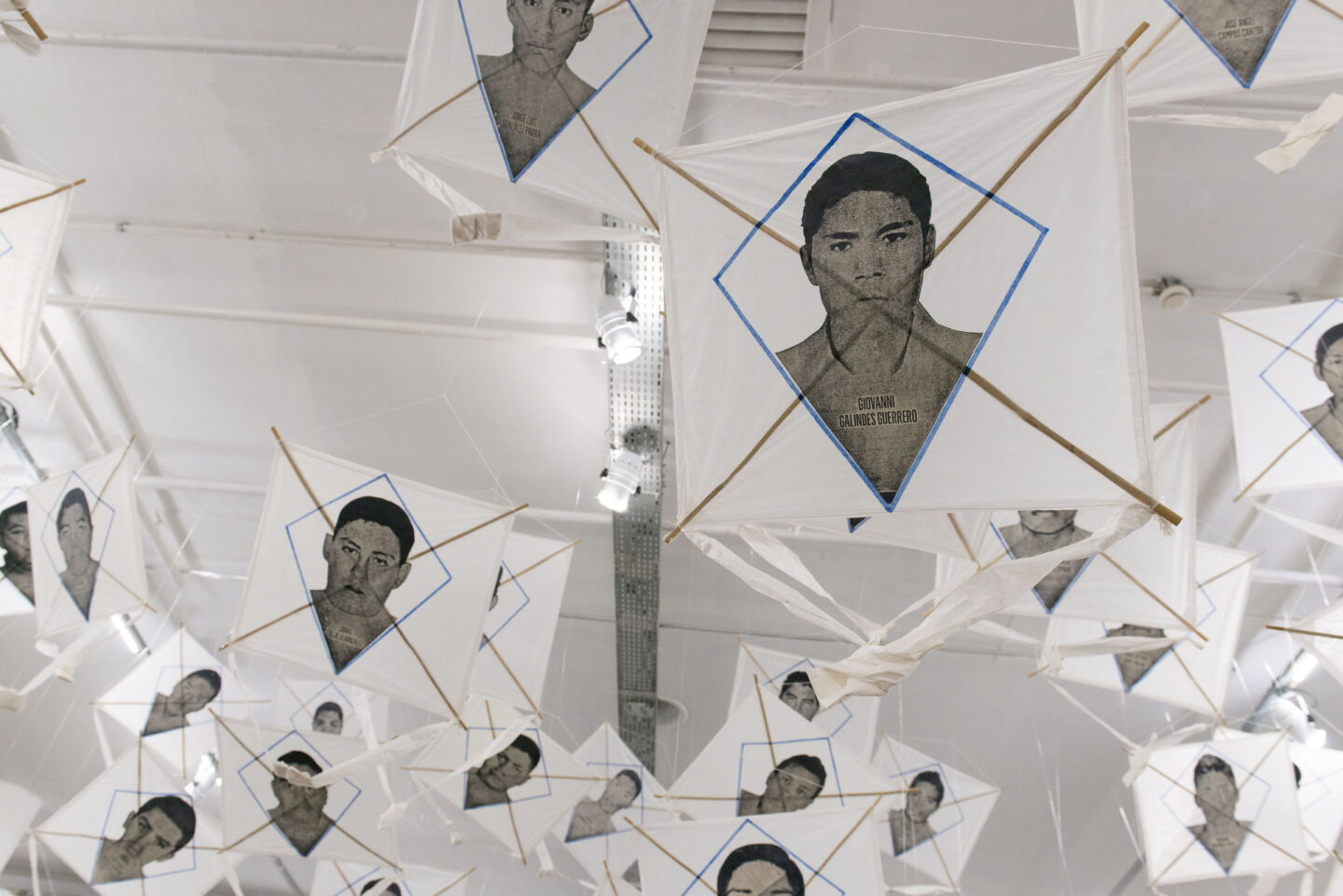
Francisco Toledo
Known for his works on paper, especially prints and paintings, Francisco Toledo (1940–-2019) explored different mediums, such as collage, tapestry, and ceramics, while maintaining a single vision: the construction of an artistic practice implicated in the cultural, traditional and political heritage of his community (Oaxaca, Mexico). In this extensive journey, Toledo, who was also known as El Maestro – the master and teacher – invested intensively in the implementation of projects dedicated to education and the maintenance of cultural practices in Mexico, such as the Contemporary Art Museum and the Graphic Arts Institute of Oaxaca.
Toledo’s work feeds on what the artist experiences in travel books and childhood memories, but above all on what he observes in his surroundings. The Zapotec cosmologies of Juchitán, the pre-Hispanic cultural legacy and the dynamism and updating of traditional customs are some among many compasses that guide the practice of an artist who spent a significant part of his life-work flying papalotes (kites) as a form of political action.
A significant marker of his creative expression and social engagement emerges with Papalotes de los desaparecidos [Kites of the disappeared] (2014) – a project exhibited at the 35th Bienal de São Paulo. In this work, the kites created in collaboration with participants of the Art and Paper Workshop of San Agustín Etla were meant to contribute to the many protests taking place in Mexico since 2014, when a group of 43 mostly Indigenous high school students from the Normal Rural Raúl Isidro Burgos School, in Ayotzinapa, were kidnapped by the municipal police of Iguala, Guerrero.
On the Day of the Dead, kites are flown because souls are believed to descend through the string down to earth to feed on the offerings; then, at the end of the festival, they fly again. As they had already searched for the Ayotzinapa students underground and, in the water, we sent the kites off to look for them in the sky.¹
Since 2014, in addition to the many voices that came together to expose one of Mexico’s deepest wounds, the faces of the normalistas have continued to appear in various contexts, seeking to break the silence established by government institutions. To this day, the families of the disappeared seek to build a sense of justice, much like the slashes in the wind produced by Toledo’s kites.
tarcisio almeida
translated from Portuguese by mariana nacif mendes
Francisco Benjamín López Toledo (Juchitán de Zaragoza, Mexico, 1940 – Oaxaca, Mexico, 2019) was an artist, cultural promoter, activist, and defender of human rights and Indigenous languages. He created a vast body of work that combined vibrant colors, unique forms, and textures, inspired by Mexican mythology and magic. Toledo was the founder of several influential institutions and projects, including the Museum of Contemporary Art of Oaxaca (MACO), Casa de Cultura in Juchitán, and the Institute of Graphic Arts of Oaxaca (IAGO). He was a recipient of the National Prize for Sciences and Arts in the Fine Arts category and is celebrated as one of Mexico’s most significant creative figures.
1. Statement by the artist published in several news outlets covering the protest-actions carried out by Francisco Toledo as of November 2014, when he initiated the work Papalotes de los desaparecidos (2014).
- Vista da obra Papalotes de los desaparecidos [Pipas dos desaparecidos], de Francisco Toledo durante a 35ª Bienal de São Paulo – coreografias do impossível © Levi Fanan / Fundação Bienal de São Paulo
- Vista da obra Papalotes de los desaparecidos [Pipas dos desaparecidos], de Francisco Toledo durante a 35ª Bienal de São Paulo – coreografias do impossível © Levi Fanan / Fundação Bienal de São Paulo
- Vista da obra Papalotes de los desaparecidos [Pipas dos desaparecidos], de Francisco Toledo durante a 35ª Bienal de São Paulo – coreografias do impossível © Levi Fanan / Fundação Bienal de São Paulo

 Português
Português

